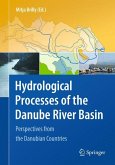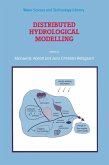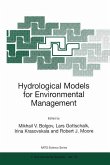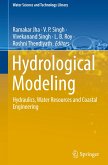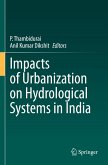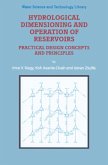Many of the developing countries, especially those in Africa, are facing challenges of data quality and quantity to help in decision making as far as water resources management is concerned. This study has tried to evaluate the usability of three rainfall estimate sources and how they can be merged or combined to produce better estimates to run hydrological models. The three rainfall data sources consist of conventional rain gauges, European Center for Medium-range Weather Forecast Re-analysis ECMWF ERA-40 and Tropical Rainfall Measurement Mission (TRMM). This research has produced a SWAT hydrological model of Nyabarongo basin that can be used for many more purposes. Strength and weaknesses of each rainfall data set have been discussed in details. And, merging techniques have been developed and suggested to improve the quality of global rainfall data to contribute to water resources analysis in data sparse regions such as Nile basin in Africa.
Bitte wählen Sie Ihr Anliegen aus.
Rechnungen
Retourenschein anfordern
Bestellstatus
Storno


